EVENT
Can democracy save the environment?
Voices of Nature at the 9th World Forum for Democracy
Conservation
in the Caucasus:
how a network of protected habitats came to life in 21st century Georgia
March, 2021 | Photographs by Green Alternative
Covered with rugged mountains and ancient forests, Georgia is home to many of Europe’s unique plants and creatures. But in the last couple of decades, the government has had to balance the preservation of this natural heritage with other social and economic challenges. Now, through the Bern Convention’s Emerald Network of protected sites, Georgia has found a space for dialogue between policy-makers, scientists and civil society.
ature alone cannot express its needs and preferences, so we humans have the responsibility of raising our voices on its behalf. The Voices of Nature campaign has highlighted the inextricable connection between wildlife and people, especially from the point of view of democratic participation. This 2021 the campaign culminated in the World Forum for Democracy on 8-10 November.
The Forum, organised by the Council of Europe in the city of Strasbourg in France, encouraged citizens to participate in open debates on environmental challenges to answer the question: “Can democracy save the environment?”.
Key points from Forum Talk 5: Linking Biodiversity, Climate and a Healthy Environment
The Forum Talk, sponsored by the Bern Convention at the World Forum for Democracy on November the 9th of 2021, focused on making sense of the synergies between human and environmental wellbeing, mitigation of climate change and protection of biodiversity.
While the concepts of biodiversity, climate change and the environment seem to have some interlinkages, often these are not clear for many people. The terms are, however, inextricably linked: improving one will enhance the state of the other. The same unfortunately applies the other way around, as the sixth mass extinction of biodiversity we’re currently facing comes to show.
The Forum Talk number 5 at the World Forum for Democracy shed light on the interdependence of these phenomena and highlighted the need for easily accessible information about their connections.
The moderator of the Forum Talk, Strategic Communications Expert Guzman Sanchez, laid a contextual foundation for the discussion: radical changes such as species migrations, drought, and the deterioration of living environments have clearly demonstrated that borders between countries don’t exist as far as climate change and biodiversity are concerned.
Friedrich Wulf, Head of International Biodiversity Policy at Pro Natura, spoke about people’s right to nature and its importance for human health. He stressed how crucial it is to not only see the interconnectedness between biodiversity, climate change and environmental health, but also to avoid taking action to improve the state of one of the three to the detriment of the others. He also pointed out that although there are obvious synergies between biodiversity, the climate and the environment, there are initiatives to mitigate climate change that can be harmful to biodiversity.
Adam Weiss, Head of the Ocean, Plastics and Chemical Programme at ClientEarth, spoke about the legal frameworks by which biodiversity, climate and environmental issues are often tackled. Continuing on Wulf’s remarks, he emphasised the importance of solidarity between environmental movements, so that they do not operate or advocate their causes in silos.
Yuliia Ovchynnykova, Ukrainian Parliamentarian and member of the Parliamentary Assembly of the Council of Europe, suggested leaning onto old instruments to enable the formulation of new ideas, to change the environmental status quo and protect biodiversity. She emphasised how national politics could be aided by national instruments, particularly for the protection of biodiversity and health in war zone countries.

Key points from Forum Lab 7: Better together: Engaging communities for nature conservation and protection
On the 9th of November 2021, the Bern Convention participated in a Forum Lab together with two initiatives it has supported over the years. The focus of the Lab was on the role of local communities in enhancing the conservation of nature around Europe.
For centuries, we humans have extracted and exploited natural resources for the benefit of our social and economic development. We’ve now finally realised that biodiversity loss and climate change are mutually reinforcing, and both constitute a threat to human existence. But is there anything we can do to reverse the damage already done to nature and ourselves? How can local communities respond to this challenge? What can be done to facilitate citizens’ participation in decision-making regarding nature protection?
These were some of the questions addressed by three initiatives that presented their work in the 7th Forum Lab at the World Forum for Democracy: the Irish Burren Programme, the Georgian Emerald Network, and the Global Wildland Fire Network located in Germany; the first two of these being projects that have been supported by the Bern Convention, and the latter by the EUR-OPA Major Hazards Agreement, the sister organisation of the Convention.
Brendan Dunford, manager of the Burren Programme, explained that the principal aim of their project is to improve the quality of local habitats and biodiversity in the Burren in Ireland by encouraging, supporting and rewarding farmers for delivering ecosystem services on their land. Some farmers within the programme are paid for specific actions, like the removal of invasive species, and some for locally providing goods and services. Farmers are also considered as educators in the programme, given the long relationship they have with their lands. They are motivated to innovate and create local solutions for different farming operations, such as the management of water sources. The main benefit for the farmer is the encouragement that the environmental challenge can be met in a way that benefits them, their land, and the generations to come.
Kakha Artsivadze, project coordinator of the Emerald Network in Georgia, shared the work behind the establishment of the Emerald Network in his country. This pan-European network aims at preserving habitats and biodiversity in line with the Bern Convention. The establishment of the Emerald Network resulted in the creation of new democratic mechanisms in Georgia by including NGOs and other citizens’ representatives in the decision-making process. It also enabled NGOs to appeal to the institutions established by the Bern Convention in case the State wasn’t meeting its commitments. Although the region of the Caucasus is geopolitically challenging, the countries in the area are all part of the Bern Convention framework, which has enabled them to work together in nature conservation. Georgia and Armenia, for example, are already developing plans for creating their first cross-border protected areas. Artsivadze emphasised the role of the local communities in initiating this process and added that the environmentalist NGOs represent a reservoir of knowledge and resources that local communities readily use. The NGOs are also indispensable in advising local communities on how to improve their proposals for achieving the status of protected areas to important biosphere reserves in Georgia.
Johann Georg Goldammer, director at the Global Fire Monitoring Centre in Germany shed light on the initiative “The Global Wildland Fire Network: A contribution of civil society to build sustainable and fire-resilient societies and landscapes”. As a consequence of rural abandonment, lands that have been cultivated for millennia are becoming increasingly flammable. This voluntary network thus provides advice for the development of informed fire management policies, as well as science and technology transfer to enable nations and international organisations to reduce the negative impacts of landscape fires on people and the environment. The initiative employs a bottom-up approach, meaning that it aims at harnessing farmers’ knowledge in its actions.
The Lab was also enriched by contributions by the discussants Edite Estrela, Portuguese MP and member of the Parliamentary Assembly of the Council of Europe and Rob Hopkins, Founder of the Transition Towns movement and permaculture expert.
I
n the place where Europe, Asia and the Middle East collide, a great mountain range towers between two seas. On the southern slopes of the Caucasus system lies Georgia, a country of just under four million people that boasts some of the richest biodiversity in Europe — a country where lynx, bears and wolves coexist with leopards, antelopes and even striped hyenas.
Today, many of Georgia’s endemic and rare species are recognised and protected by domestic and international regulations, thanks to the country’s integration of National Parks with new protected areas belonging to the pan-European Emerald Network. But it wasn’t always like this. Current standards are the fruit of a scientific, political and social effort nearly three decades in the making.
Dams and eutrophication
According to Wulf, one of the biggest problems were the three hydropower plants situated along the Doubs and their dams along the river. “These dams make abrupt and spontaneous changes of the water table, and they cause a lot of fishes to die, especially young ones,” Wulf explains.
Apart from the three large dams, there are also small ones that do not produce much energy and have changed the original structure of the river, an issue which Pro Natura also denounces. “In this case, we even had local opposition. Some local people all of a sudden thought that it was much more beautiful like that. But they block fish movement along the river,” Wulf says.
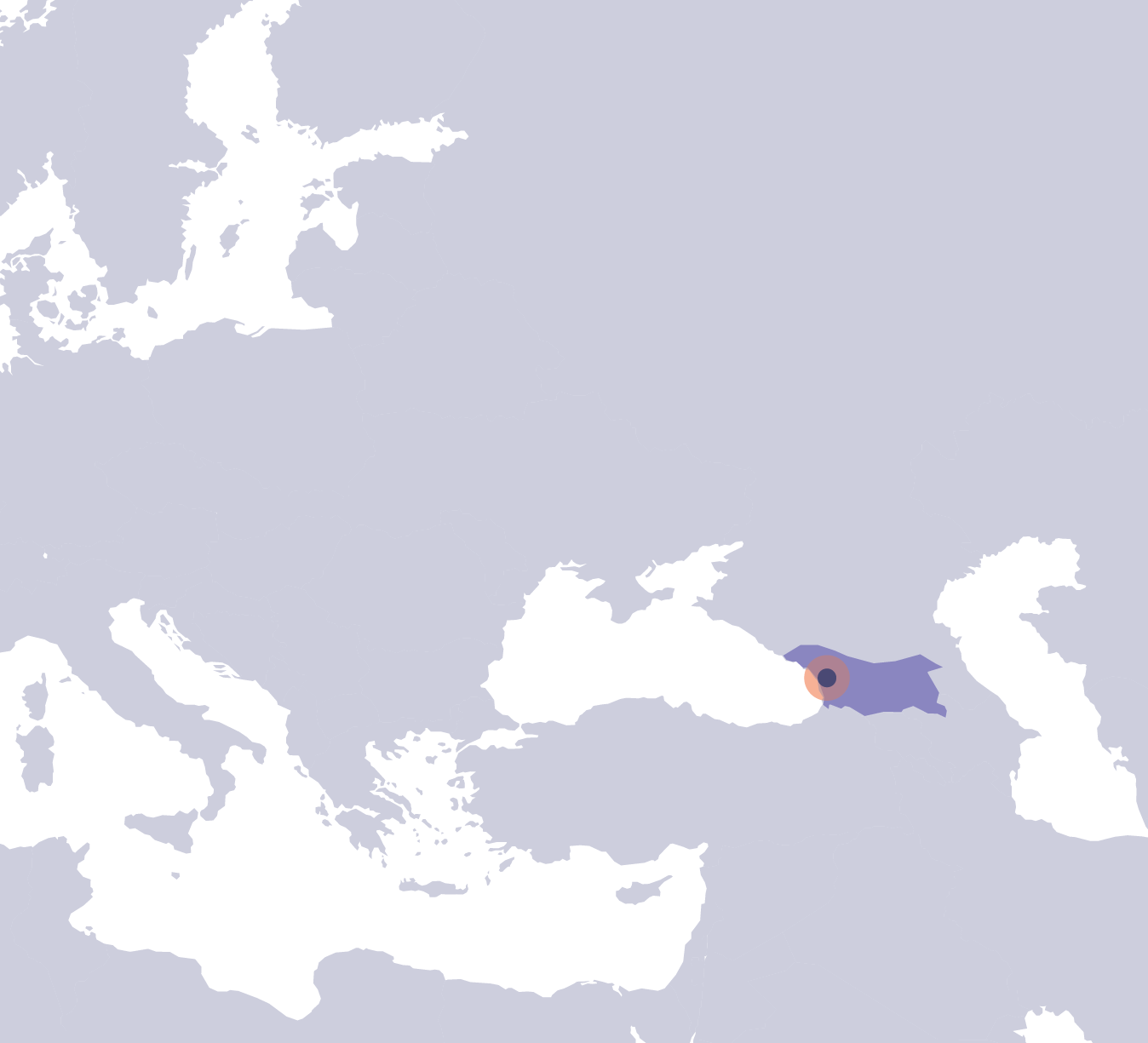
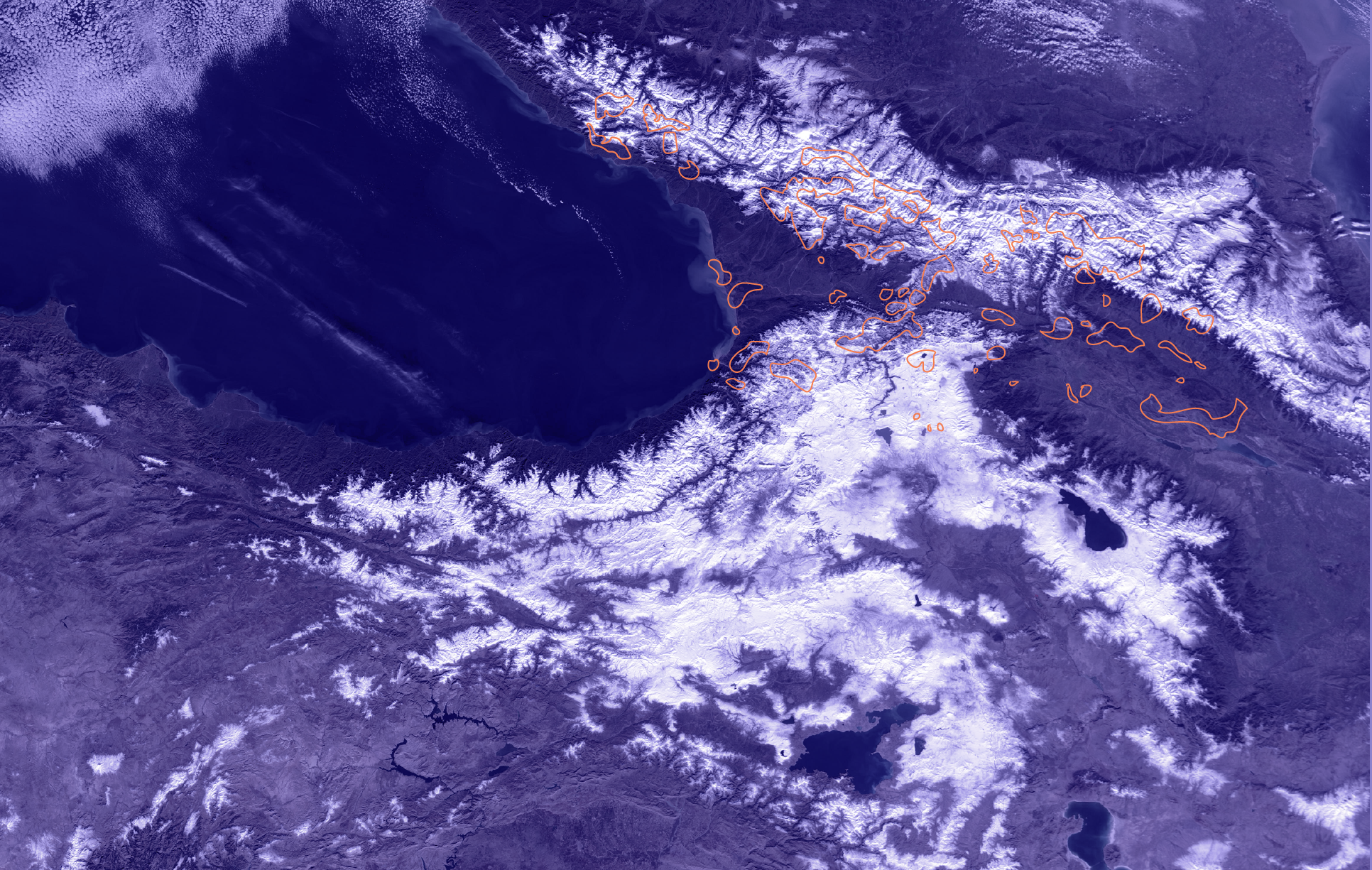
When Georgia declared independence from the Soviet Union in 1991, there were only a handful of strict wildlife reserves, unemployment was rife and many people exploited the rural environment, unchecked. Frantic plans for economic growth, both public and private, caused nature conservation to become an afterthought.
“A huge number of scientists left because the salaries were very low, it was impossible to support a family,” biophysicist Kakha Artsivadze recalls. This was a problem, because there was a void of scientific and biogeographical data that needed filling before anyone could decide what to do with Georgia’s wild places.
Dams and eutrophication
According to Wulf, one of the biggest problems were the three hydropower plants situated along the Doubs and their dams along the river. “These dams make abrupt and spontaneous changes of the water table, and they cause a lot of fishes to die, especially young ones,” Wulf explains.
Apart from the three large dams, there are also small ones that do not produce much energy and have changed the original structure of the river, an issue which Pro Natura also denounces. “In this case, we even had local opposition. Some local people all of a sudden thought that it was much more beautiful like that. But they block fish movement along the river,” Wulf says.
“A huge number of scientists left because the salaries were very low, it was impossible to support a family.”
Filling the blanks of Georgia’s biodiversity
During the 1990s and early 2000s, Artsivadze and his colleagues, specialising in biodiversity research and conservation, became pioneers in mapping Georgia’s rich natural heritage, thanks in part to international support for their projects. The NGO where he works, NACRES (Centre for Biodiversity Research & Conservation), created new databases of Georgian wildlife and ecosystems.
The Ministry of Environment asked NACRES to present scientific evidence that could inform nature conservation decisions as early as 2003. However, those efforts didn’t translate into actionable policy at the time, partly due to the lack of financial and administrative resources.
The country became a Contracting Party to the Bern Convention in 2009. By signing the treaty, members commit to designating Areas of Special Conservation Interest: this is their contribution to the international Emerald Network. “Georgia acknowledged and approved that nature protection is the priority in the country,” says Carl Amirgulashvili, the Head of Biodiversity and Forest Department at the Ministry of Environmental Protection and Agriculture of Georgia. Since then, “environmental regulations and institutions are forming and evolving each year,” he adds.
Dams and eutrophication
According to Wulf, one of the biggest problems were the three hydropower plants situated along the Doubs and their dams along the river. “These dams make abrupt and spontaneous changes of the water table, and they cause a lot of fishes to die, especially young ones,” Wulf explains.
Apart from the three large dams, there are also small ones that do not produce much energy and have changed the original structure of the river, an issue which Pro Natura also denounces. “In this case, we even had local opposition. Some local people all of a sudden thought that it was much more beautiful like that. But they block fish movement along the river,” Wulf says.
Bearded vulture
Gypaetus barbatus

Caucasian leopard
Panthera pardus tulliana

Caucasian whortleberry
Vaccinium arctostaphylos
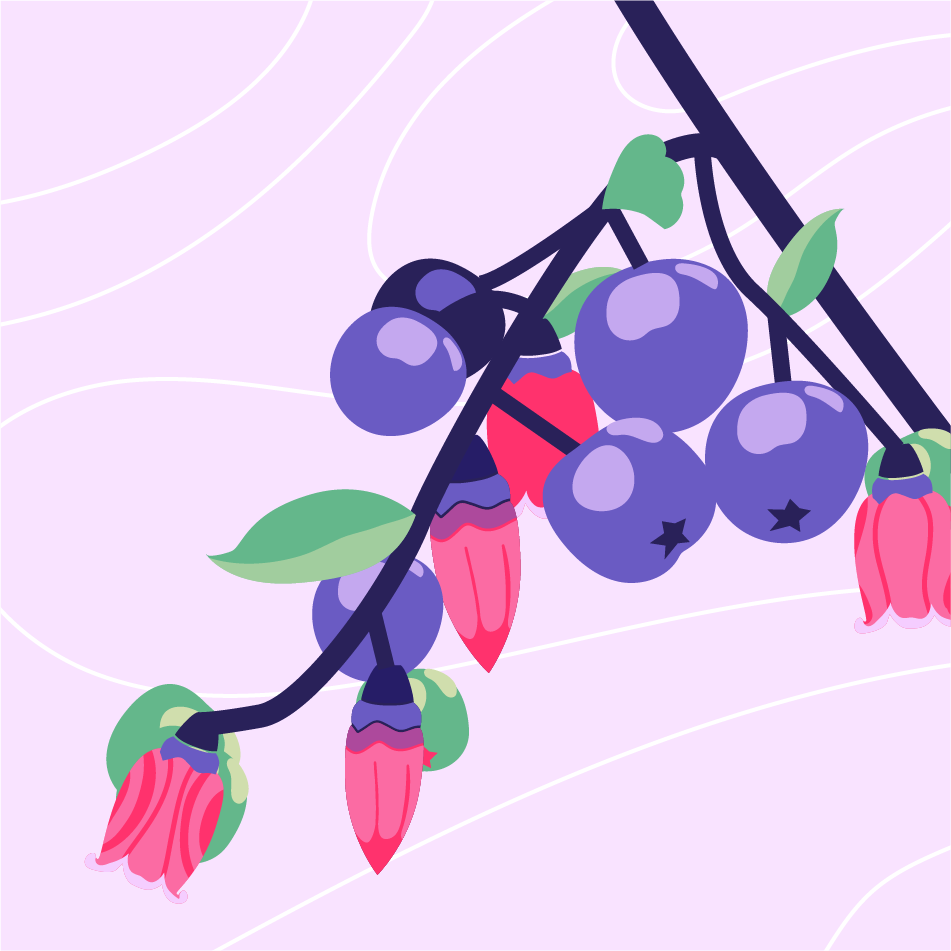
Goitered gazelle
Gazella subgutturosa
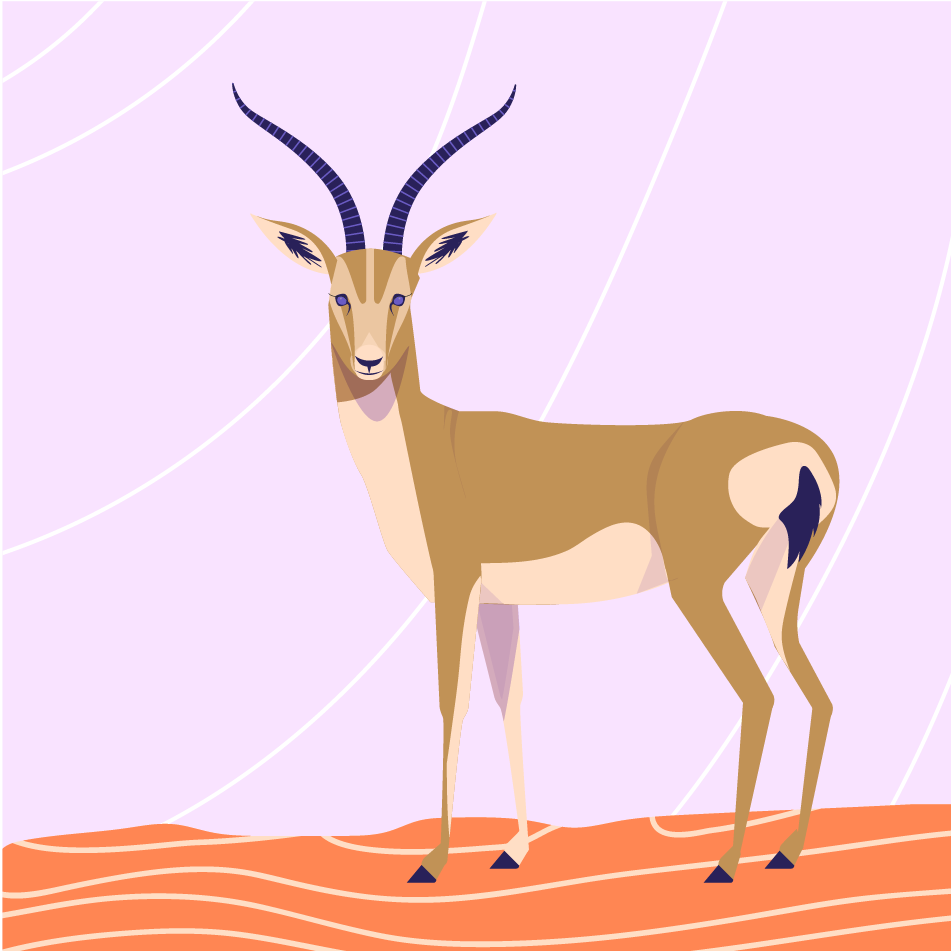
Strandzha Oak
Quercus hartwissiana
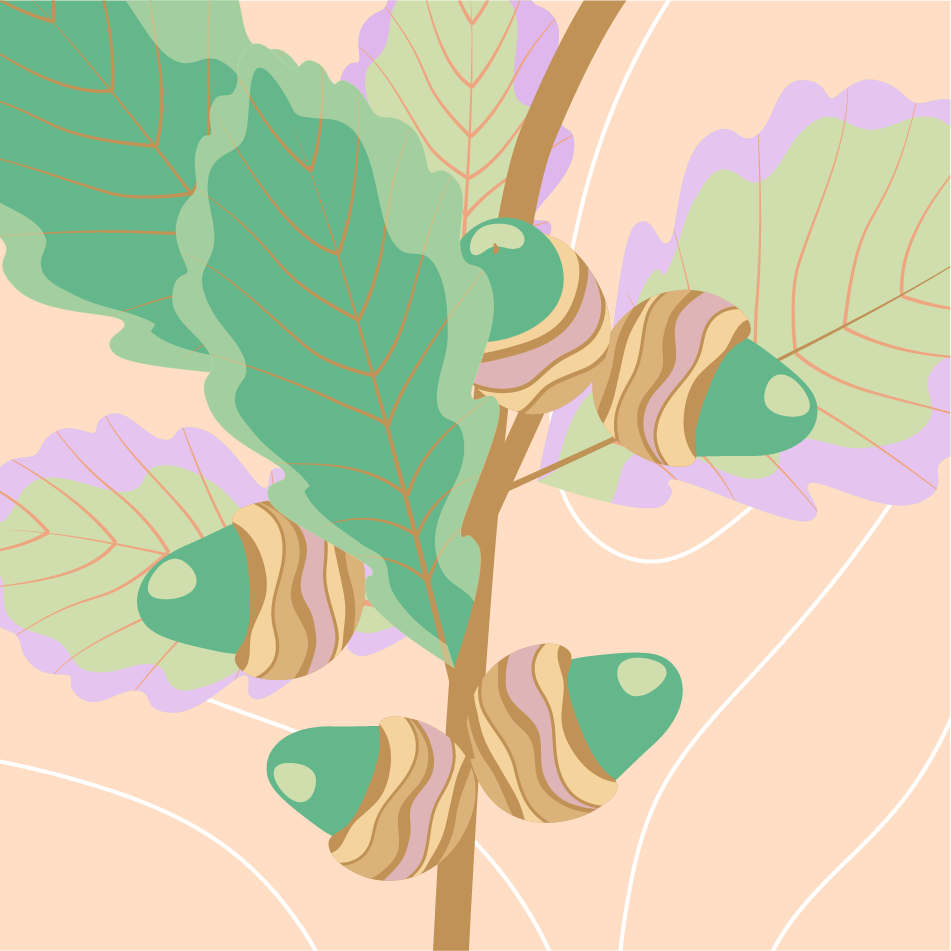
West caucasian tur
Capra caucasica

Artsivadze’s NGO was once again tasked with scientific support of the government’s decisions. As part of this assignment, fellow NACRES forester Sophie Gogibedashvili worked in updating a botanical atlas of Georgia’s ancient forests. Because older maps focused on the trees with valuable timber, they had neglected many species growing on slopes too steep for logging.
“We found four forest types that are not part of the EUNIS [EU standard] habitat classification system, there was no data about them before,” Gogibedashvili told Global Forest Watch. Although scientists were aware of Georgia’s endemic species, now they have documented the country’s unique woodland habitats, ranging from spiny Mediterranean heaths to beech forests — and found that around one quarter of the Caucasus’ flora species exist only on that mountain range. They must be preserved.
Dams and eutrophication
According to Wulf, one of the biggest problems were the three hydropower plants situated along the Doubs and their dams along the river. “These dams make abrupt and spontaneous changes of the water table, and they cause a lot of fishes to die, especially young ones,” Wulf explains.
Apart from the three large dams, there are also small ones that do not produce much energy and have changed the original structure of the river, an issue which Pro Natura also denounces. “In this case, we even had local opposition. Some local people all of a sudden thought that it was much more beautiful like that. But they block fish movement along the river,” Wulf says.
A clash of stakeholders
While fieldwork for the Ministry of Environment progressed, two problems became apparent. First, it seemed that private developers — especially those looking to flood forested valleys with reservoirs to supply Georgia’s highly profitable hydropower stations — were ready to lobby the government.
The second problem was more surprising: conservationists from other organisations were sceptical about the value of implementing the Emerald Network, according to NACRES Chair Irakli Shavgulidze. “Some people thought that Georgia should focus on its own protected area system, which had been largely based on IUCN recommendations and categories. They thought that the Emerald Network was not necessary and would divert our attention and resources,” he says.
In reality, the Network was an ideal tool for connecting strict existing reserves with new protected areas, allowing for greater flexibility in management and land-use than the national plan would permit. “It creates so-called eco-corridors”, says Amirgulashvili, from the Georgian Ministry of Environmental Protection, “connecting previously protected areas with each other”. Scientists at NACRES shared this reasoning, and you can hear Shavgulidze explain their motives for backing the Network’s implementation in the clip below.
Even in territories where the Emerald Network overlaps with nationally protected areas, it reinforces their conservation status. That’s because the Georgian Constitution ranks applicable international law above the national legislation.
One organisation which also saw the value of this international scrutiny and protection was Green Alternative, an environmental think-tank and advocacy group. “Our system of justice is weak,” explains zoologist Irakli Macharashvili, who has worked as biodiversity programme coordinator for Green Alternative since 2005 (Macharashvili served as Georgia’s Deputy Minister of Environment for 11 months before working at Green Alternative, and was Governing board member of NACRES before that). He considered — and still does — that the added pressure of international society and donors facilitates upholding environmental law.
Dams and eutrophication
According to Wulf, one of the biggest problems were the three hydropower plants situated along the Doubs and their dams along the river. “These dams make abrupt and spontaneous changes of the water table, and they cause a lot of fishes to die, especially young ones,” Wulf explains.
Apart from the three large dams, there are also small ones that do not produce much energy and have changed the original structure of the river, an issue which Pro Natura also denounces. “In this case, we even had local opposition. Some local people all of a sudden thought that it was much more beautiful like that. But they block fish movement along the river,” Wulf says.
“Some people thought that the Emerald Network would divert our attention and resources.”
Science and society, the recipe for change
The initial phase of the Emerald Network’s implementation, consisting mostly of gathering and evaluating evidence, ran smoothly. The Bern Convention played a key role in maintaining fluid communications between NACRES and the government, as successive administrations were voted out over the years. But when push came to shove, the time of actually drawing new protected areas on the map, private interests surfaced in strong opposition.
By 2013, the science was no longer enough, Macharashvili claims: “Only perfect work from scientific organisations will not be productive without advocacy work,” he adds. In the clip below, the former politician explains why public participation in policy decisions is crucial to conservation success.
Then in 2014, Georgia and the European Union signed an Association Agreement. This bilateral accord provided the definitive push for implementation of the Emerald Network (recognised within the EU as the Natura 2000 network). Although Georgia already had to fulfill this obligation under the Bern Convention, establishing the sites suddenly became paramount for the country’s efforts towards European integration.
The Government of Georgia officially designated the first three Emerald Network sites (Lagodekhi, Vashlovani and Batsara) in 2017, marking the first precedent in the Caucasus region. Thanks in great part to the advocacy of Green Alternative and other citizen groups, several new Emerald Network sites have been proposed and established. The German Agency for International Cooperation (GIZ) also stepped in to fund fieldwork and later support biodiversity management.
However, there is still enormous pressure from private developers to prevent protection of the most profitable territories. To this day, around 80% of Georgia’s electricity comes from hydropower and the country’s main rivers lie mostly or entirely outside protected areas.
One candidate Emerald Network site, in the mountainous province of Svaneti, was actually withdrawn from the Network proposal after plans for building a large hydropower dam on the Nensrka river came to light. Green Alternative appealed the case to the Bern Convention, and while no definitive decision has been taken regarding this area, the government has established several other sites in compensation.
More importantly, the Standing Committee to the Bern Convention has acted on this public concern by requesting, in April 2020, a national plan for the protection of rivers from the Georgian government. Advocacy groups like Green Alternative consider this international mechanism for public participation vital in Georgia, as they point to a lack of other legal channels for citizens to speak with their government directly.
Now a draft law on “Water Resources Management” has been elaborated. “It is planned to be submitted to the Georgian Parliament in 2021,” says Amirgulashvili, from the Georgian Ministry of Environmental Protection, “and the draft law establishes regulations for the sustainable use of water resources.”
Dams and eutrophication
According to Wulf, one of the biggest problems were the three hydropower plants situated along the Doubs and their dams along the river. “These dams make abrupt and spontaneous changes of the water table, and they cause a lot of fishes to die, especially young ones,” Wulf explains.
Apart from the three large dams, there are also small ones that do not produce much energy and have changed the original structure of the river, an issue which Pro Natura also denounces. “In this case, we even had local opposition. Some local people all of a sudden thought that it was much more beautiful like that. But they block fish movement along the river,” Wulf says.
“Perfect work from scientific organisations will not be productive without advocacy work.”
Saving unique species through habitat protection
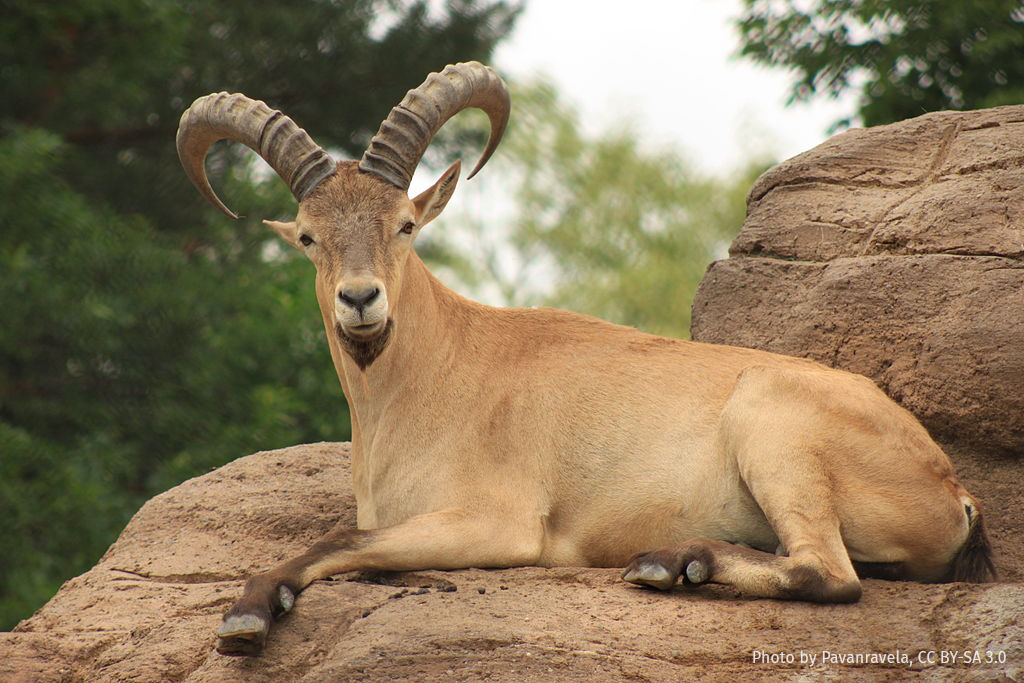
A win for nature, people and politics
Currently, the Emerald Network of Georgia contains 46 officially adopted sites — 33 of which overlap with the country’s own Protected Areas. Together, they cover around one million hectares, or 15% of the country’s surface area. This is in contrast to the roughly 6% surface of protected territory that existed in 2004.
According to Kakha Artsivadze, from NACRES, establishing the Network has completely modernised Georgia’s approach to biodiversity research, not just conservation: young researchers and technicians in government and academia have adopted and adapted the EUNIS classification system for Georgian habitats. They share a standard scientific language with the rest of Europe.
The Network has also increased national capacity for management and development, “including the institutional capacity of the Ministry of Environment Protection and Agriculture of Georgia as well as national expertise in habitat classification, species and habitat assessments and reporting to the Bern Convention,” Artsivadze says.
The Ministry also reports benefits: “Many species and habitats were added to the already existing sites, and an additional seven sites were proposed to the Bern Convention for inclusion in the list of Emerald Network sites. All of the above significantly changes the insufficiency statuses for many species and habitats,” claims Amirgulashvili. “And at this moment Georgia is working on the draft law on Biodiversity, which envisages the requirements of the Bern Convention and issues of management of Emerald Network sites,” he adds.
Of course, controversial plans for developing energy and infrastructure haven’t disappeared overnight. In the last few years, discussions have been ongoing regarding a notorious mountain road project in the High Caucasus, which would allegedly attract tourism to remote areas.
Many locals remain unconvinced, as this road would cut through pristine mountain and forest landscapes (including several Emerald sites), potentially harming wildlife and the emerging adventure tourism industry. But citizens have a channel of appeal, through the Bern Convention: they have the voice that nature lacks.
Dams and eutrophication
According to Wulf, one of the biggest problems were the three hydropower plants situated along the Doubs and their dams along the river. “These dams make abrupt and spontaneous changes of the water table, and they cause a lot of fishes to die, especially young ones,” Wulf explains.
Apart from the three large dams, there are also small ones that do not produce much energy and have changed the original structure of the river, an issue which Pro Natura also denounces. “In this case, we even had local opposition. Some local people all of a sudden thought that it was much more beautiful like that. But they block fish movement along the river,” Wulf says.
“Implementing the Emerald Network has increased our expertise in habitat classification, species and habitat assessments.”
Timeline
1989
Creation of NACRES as a citizen group
1991
Georgia becomes independent from the USSR
NACRES becomes registered as an NGO
2003
Council of Europe asks Georgian government to prepare habitat and biodiversity database, NACRES is appointed
2009
Georgia signs the Bern Convention, phase I of Emerald Network implementation starts
2013
NACRES is appointed to lead phase II of the Emerald Network implementation
2014
Signing of the EU-Georgia Association Agreement
2015
German development agency GIZ starts collaborating with Emerald Network implementation
2017
The Government of Georgia officially designates the first three Emerald Network sites (Lagodekhi, Vashlovani, and Batsara), marking the first precedent in the Caucasus region. Shortly after that, another 43 sites were added to the list of officially designated sites.